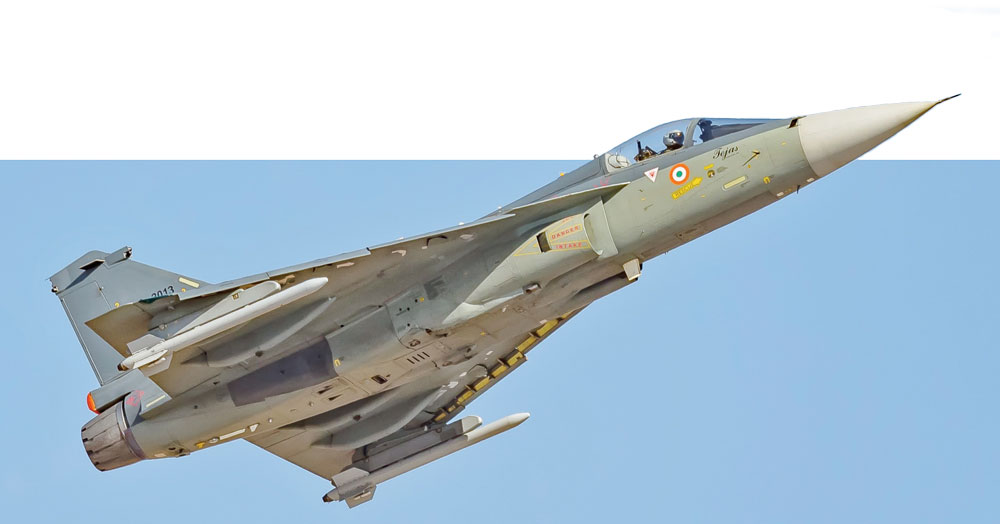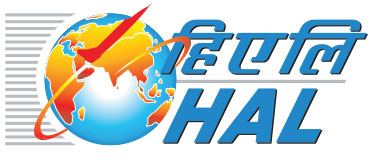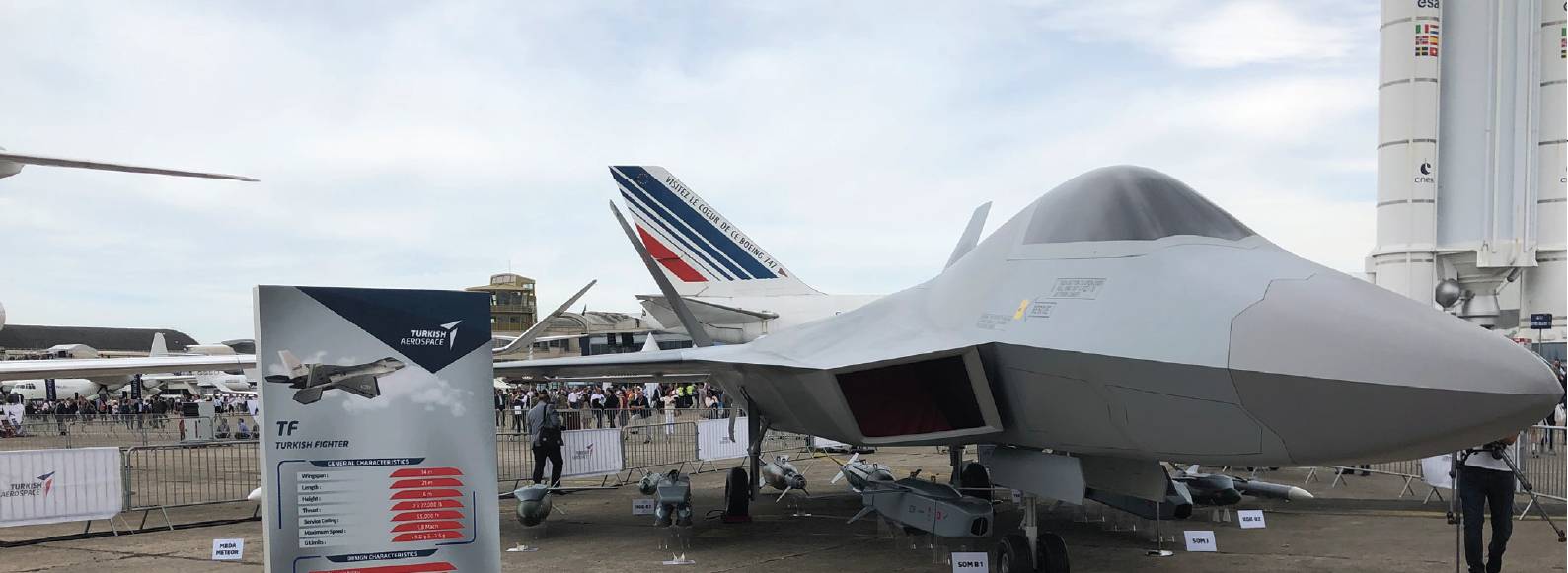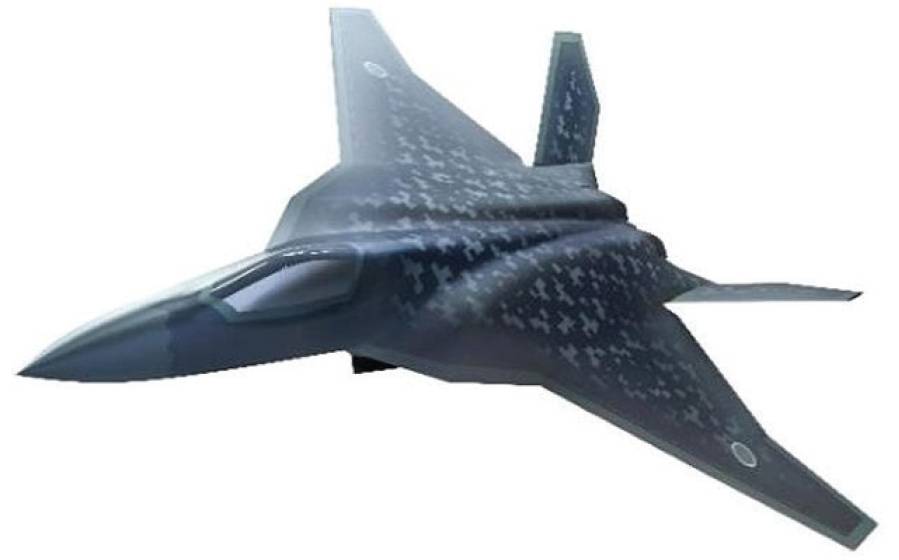DEFENCE Indigenous fighter programmes
National fighter aircraft: The recurring dream
For countries seeking to climb up the aerospace technology ladder – a national combat aircraft programme may seem the perfect way to do this. But, as RICHARD ABOULAFIA explains, beware the pitfalls of developing your own fighter.
These are boom times for new combat aircraft from emerging producers. Right now, four new combat jets are being developed by aspiring fighter manufacturers, in addition to the latest round of new initiatives from traditional producers in Europe, the US, Russia, and China.
This emerging producer boom echoes a similar period back in the 1980s. In fact, some of the players, and even some of the airframes, are identical. Back in the 1980s, the emerging players were Japan, India, Taiwan, South Africa, Israel, Romania, Yugoslavia, and Brazil. Today, the emerging fighter manufacturers are Japan, India, South Korea, and Turkey (plus a reborn trainer variant of Taiwan’s Ching Kuo). These new producers face difficult but not impossible odds.
 A HAL Tejas in flight. Premshree Pillai /Flickr
A HAL Tejas in flight. Premshree Pillai /Flickr
Motivations
 There are six primary rationales for an emerging producer nation to develop its own combat aircraft:
There are six primary rationales for an emerging producer nation to develop its own combat aircraft:
- Economics – Fighter jets cost hard currency, the thinking goes; why not keep as much of this funding as possible in-country? For export minded countries like South Korea, why not try to tap into a strong global market for fighters?
- Specialisation – Designing an aircraft with unique national requirements in mind is tempting for some countries. Israel’s cancelled Lavi fighter, for example, was aimed at the country’s specific operational needs. Since most global fighters available in world markets are multi-role designs, building something with a more specific mission set can be tempting.
- Sovereignty/Last resort – Some countries want to ensure that their fighter industry stays under national control, for security reasons. For countries like Israel or Taiwan, or pre-1991 South Africa, the fear of an arms cut-off in the event of a conflict served as further motivation to keep their fighter manufacturing capabilities purely domestic.
- National pride – For some, a national fighter is a sign that the country has achieved great or near-great power status. The Mitsubishi F-2 (originally FS-X) was created during Japan’s seemingly unstoppable rise to geopolitical greatness in the late 1980s and, in the minds of many observers,
- National technological development – Japan, India, and other countries have viewed combat aircraft as part of a broader industrial and technology development strategy, with possible knock-on benefits for other industries. This driver is closely related to national pride, only with a technocratic roadmap.
- Low mix product creation – For countries with a more complex air power force structure, the thinking goes that they can import on first-rate design for day one combat operations (ie, something with stealth and penetrability), that can ‘kick down the door’ of enemy air defences. However, for day two and beyond, something less capable would be a more efficient way of delivering ordnance. This explains South Korea’s first fighter, the FA-50. The country’s follow-on KF-X, while more of a medium/heavyweight product, will primarily handle-less challenging missions than the Republic of Korea Air Force’s F-35s, at least on the first day of a conflict.
These motivations are far from mutually exclusive; usually, new national fighter concepts are the result of a combination of these. Many of these motivations are looking a bit dated, particularly as national power is increasingly evaluated in more economic and cultural terms.
 A model TF-X at The Paris Air Show, Le Bourget 2019. JohnNewton8/Wikipedia
A model TF-X at The Paris Air Show, Le Bourget 2019. JohnNewton8/Wikipedia
The difficult India LCA paradigm
The best way to understand the appeal, and, more importantly the drawbacks, of a national fighter is to look at the one design that spans both the 1980s surge and the 2020s surge: the Hindustan Aeronautics Ltd. (HAL) Light Combat Aircraft (LCA). From the standpoint of programme survival, it is a remarkable success story. From the standpoint of proving its worth for national security, it is an unmitigated disaster. First conceived in 1978, the LCA programme was launched in July 1983 by the newly created Indian Aeronautical Development Authority (IADA). After numerous delays, the LCA made its first flight in January 2001 with (partial) initial operational clearance granted in January 2011. Final operational clearance slipped to late 2016 and then slipped again but was finally awarded in February 2019.
CHINA’S AIR FORCE HAS HUNDREDS OF SUKHOI SU-27S, SU-30S AND THE J-11, THE LOCAL SU-27/30 COPY. IN THESE CIRCUMSTANCES, GIVEN THE THREAT AND OPERATING CONDITIONS, AN LCA PILOT WOULD BE WELL-ADVISED TO STAY AWAY
However, in 2009 HAL announced that it would develop a new MkII LCA variant after the first 40 production Mk1 planes were delivered, largely since the Mk1 was viewed as marginally effective. In addition to a new engine, the MkII will have a larger fuselage and wings, and greater payload. Plans call for procurement of 240 MkIIs.
Today, after 37 years, just 16 Mk1 LCAs are in operational service. That is a remarkable record of failure but the knock-on consequences are worse. National fighter programmes are inherently protectionist. The theoretical likelihood that the LCA would be available kept India from importing anything near its size class. For years, India evaluated the F-16 and Gripen for a light fighter requirement but the LCA always seemed to be right around the corner.
As a result of this protectionism, the country kept operating hundreds of MiG-21s many years beyond the point they had lost any operational effectiveness. Remarkably, over 130 of these half-century-old relics remain in service today. The damage continues to be done. In August, India’s government announced a list of 101 defence products that could not be imported. Predictably, light combat aircraft are on the list. The Indian Air Force, still expecting to receive 220 LCAs, will continue to wait, unable to consider alternatives.
 The biggest problem with the LCA, and with national fighters in general, is that it is tough to change the programme, and indeed the aerospace industry roadmap, when the strategic environment changes. In the LCA’s case, that may be catastrophic for India.
The biggest problem with the LCA, and with national fighters in general, is that it is tough to change the programme, and indeed the aerospace industry roadmap, when the strategic environment changes. In the LCA’s case, that may be catastrophic for India.
In the 1980s and 1990s, the biggest security threat to India was Pakistan. That called for a relatively light aircraft, since Pakistan’s Air Force was small and equipped largely with old and marginally effective aircraft. The central front in any conflict would have been at sea level, directly on India’s border. The LCA, if available, could have been useful, even if it caused serious trouble if it ran into Pakistan’s small number of F-16s. Many countries viewed the prospects of a nuclear confrontation between the two countries with alarm and the US even enacted an arms embargo against India for a time. Looking at ways of maximising self-sufficiency, in this context, made some degree of sense.
JAPAN’S TECHNOLOGY BASE IS ARGUABLY THE MOST ADVANCED IN THE WORLD, AND ITS ECONOMY IS THE THIRD LARGEST IN THE WORLD. WHAT BENEFITS WOULD A NATIONAL FIGHTER BRING?
Today, the biggest threat to India comes from China, in the Himalayas. That is an extreme operating environment, where range and engine power are hugely important. China’s Air Force has hundreds of Sukhoi Su-27s, Su-30s and the J-11, the local Su-27/30 copy. In these circumstances, given the threat and operating conditions, an LCA pilot would be well-advised to stay away.
It was also not possible to reconsider the LCA programme, as the very nature of defence production itself changed. Before the LCA’s birth in the 1980s, the economic value and effectiveness, of an aircraft, revolved around the airframe and engine. It was relatively easy to design and build some kind of airframe. While engines were more complex creations, they could be built in-country based on someone else’s design. The first Soviet engines were built as copies of British jet engine designs from the 1940s. In fact, in the 1960s and 1970s, India built the Marut, a light supersonic fighter. While not a success in terms of performance, India was able to build 147 of these, using British-designed engines.
Yet, by the 1980s, the spiralling cost and complexity of fighter systems, including engines, meant that no one country could really go it alone. The old days, when a country could replicate basic system capabilities on national production lines, were gone.
SOUTH KOREA’S DEFENCE INDUSTRY IS FAR MORE EXPORTORIENTED THAN JAPAN; WHILE JAPAN HAS LEGALISED DEFENCE EXPORTS IN RECENT YEARS, IT HAS YET TO SCORE ANY SIGNIFICANT SALES.
The result is that much of an LCA, in terms of its economic value and in terms of combat enablers, needs to be imported. For example, production LCAs were to be powered by the GTX-35VS Kaveri, an indigenous turbofan under development at the Gas Turbine Research Establishment (GTRE) in Bangalore. This project persisted for almost as long as the LCA, despite abundant indications that it was not performing as planned. Remarkably, in January 2013 the Kaveri engine was definitively cancelled. GE’s F404 was selected as a replacement, with the F414 specified for the Mk II variant.
Similar hopes for other domestic systems also faded, replaced by imported ones. The upshot of all this foreign, imported content means that the LCA is no longer any kind of insurance policy against an arms embargo. While India could build the LCA airframe in-country, everything else, including the General Electric F414 engines, BAE Systems flight controls, Elta radar, and Thales displays, would still need to be imported.
The LCA works best as a cautionary tale of what can go wrong with national fighter aircraft and the damage a country’s pursuit of them can do to its national security. In fact, the IAF’s light fighter requirement is best seen as a battle between people in lab coats and people in flight suits. With the LCA’s survival, the lab coats won and the flight suits definitely lost.
 Concept design of Japan’s F-X fighter. Yosan/Japanese MoD
Concept design of Japan’s F-X fighter. Yosan/Japanese MoD
What will persist?
 Examining the list of six motivating factors behind national fighters above provides a limited degree of guidance for the future of the latest crop of jets. Will these motivations provide sufficient reason for governments to fund these programs? Are these motivations based on consistent logic? In addition, the motivators driving a new national fighter may be countered by any or all of these three possible headwinds:
Examining the list of six motivating factors behind national fighters above provides a limited degree of guidance for the future of the latest crop of jets. Will these motivations provide sufficient reason for governments to fund these programs? Are these motivations based on consistent logic? In addition, the motivators driving a new national fighter may be countered by any or all of these three possible headwinds:
- National wealth and priorities – Can the country’s defence budget afford the development of an all-new aircraft or can it be viewed as a billpayer for more pressing requirements in the event of budget cuts? Brazilian defence budget cuts in the 1990s, for example, helped kill the dream of a national combat aircraft, particularly after the ItaloBrazilian AMX combat jet ended production.
- Competition from imports – Are imported fighters from traditional producers in the US or Europe more competitive? This is not just a question of value for money but also offsets and industrial workshare. For example, Japan has established an F-35 final assembly line in-country for its 147-F-35 buy, so switching to a new national fighter means the loss of those jobs and facilities. In the case of Taiwan, all it took to derail the AIDC Ching Kuo national fighter programme was US and French approval for F-16 and Mirage 2000 sales. When these were made available, Ching-Kuo procurement plans were cut by around 50%.
- Changing threats – In some cases, the nature of the threat changes, making a national fighter less of a priority or shifting resources to other defence priorities. But there is also the possibility that increased threats change national fighter procurement cost calculations. For example, if China poses a growing threat to Japan in the coming decade, will Japan decide that spending $20bn on developing a new national fighter makes less sense than spending the same money on actually acquiring fighters off-the-shelf, thereby directly strengthening the country’s military? Similarly, if South Korea and Japan continue with plans to deploy aircraft carriers and to grow their naval aviation presence, they might need to shift resources to acquiring the F-35B short take-off vertical landing (STOVL) aircraft.
 Side view of a KAI KF-X fighter model. Alvis Cyrille Jiyong Jang
Side view of a KAI KF-X fighter model. Alvis Cyrille Jiyong Jang
Looking at all these factors, of the four possible new fighters, Turkey’s TF-X would appear to be the most vulnerable. The country’s fighter systems development capabilities are minimal, so the aircraft would be heavily dependent on imported equipment. National pride, a key driver behind President Erdogan’s defence industry development initiatives, would be gravely undercut by the large contracts that the country would need to award to foreign systems providers on TF-X. Since another driver behind TF-X is a rift between Turkey and NATO, it would be particularly awkward for the government if these contracts were awarded to NATO-country defence firms.
 Japan’s Next Generation Fighter (NGF, or F-X) is expected to fly in 2028, with first deliveries in the mid-2030s. While this is set to be more of a new, largely Japanese design than the F-2 (derived from the F-16), Japan has also made it very clear that it still expects to work with foreign partners. That is not a problem but what is not clear is the motivation behind NGF. Japan’s technology base is arguably the most advanced in the world and its economy is the third largest in the world. What benefits would a national fighter bring? Still, the country has prioritised sustainment of its national defence champions and this programme might be another way of keeping them healthy.
Japan’s Next Generation Fighter (NGF, or F-X) is expected to fly in 2028, with first deliveries in the mid-2030s. While this is set to be more of a new, largely Japanese design than the F-2 (derived from the F-16), Japan has also made it very clear that it still expects to work with foreign partners. That is not a problem but what is not clear is the motivation behind NGF. Japan’s technology base is arguably the most advanced in the world and its economy is the third largest in the world. What benefits would a national fighter bring? Still, the country has prioritised sustainment of its national defence champions and this programme might be another way of keeping them healthy.
South Korea’s KF-X is expected to enter service in the second half of the 2020s. This too will be very heavily dependent on imported technologies and South Korea’s economy, like Japan’s, is probably too advanced to really benefit much from the development of a national jet. On the other hand, South Korea’s defence industry is far more exportoriented than Japan; while Japan has legalised defence exports in recent years, it has yet to score any significant sales. By contrast, South Korea has exported over 60 T-50/FA-50s, the first time any emerging fighter producer has actually succeeded with exports. Thus, the KF-X might go ahead just because of the export business case.
Finally, there’s India. The LCA would, in a theoretical sense, appear to be most vulnerable to cancellation; after all, the three headwinds against national fighters all strongly work against it and none of the six motivators really still apply. After 37 years, who would bet against this project?
RAeS Air Power Virtual Conference – 7-8 November 2020, Online, London
 A HAL Tejas in flight. Premshree Pillai /Flickr
A HAL Tejas in flight. Premshree Pillai /Flickr There are six primary rationales for an emerging producer nation to develop its own combat aircraft:
There are six primary rationales for an emerging producer nation to develop its own combat aircraft: A model TF-X at The Paris Air Show, Le Bourget 2019. JohnNewton8/Wikipedia
A model TF-X at The Paris Air Show, Le Bourget 2019. JohnNewton8/Wikipedia



